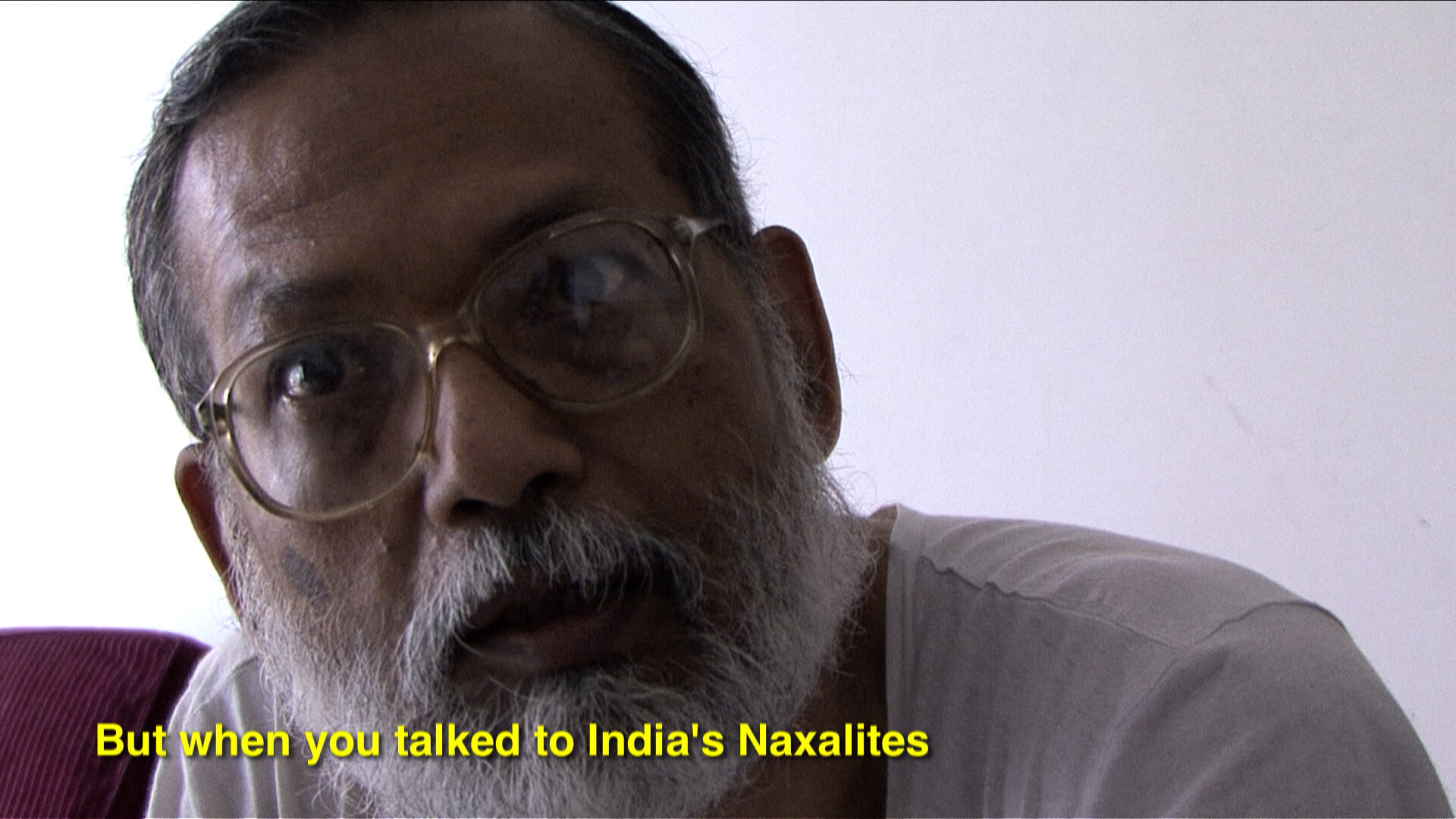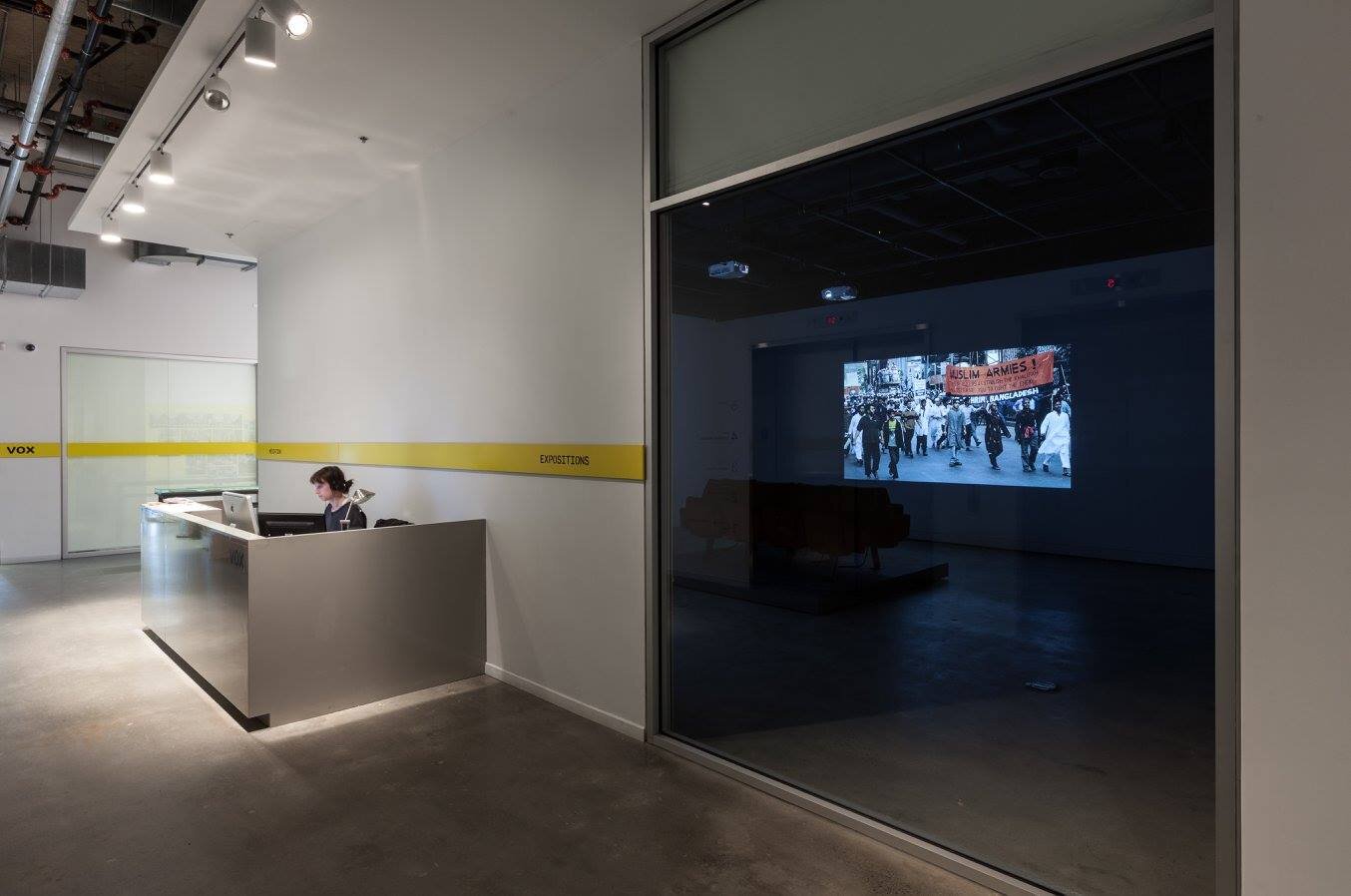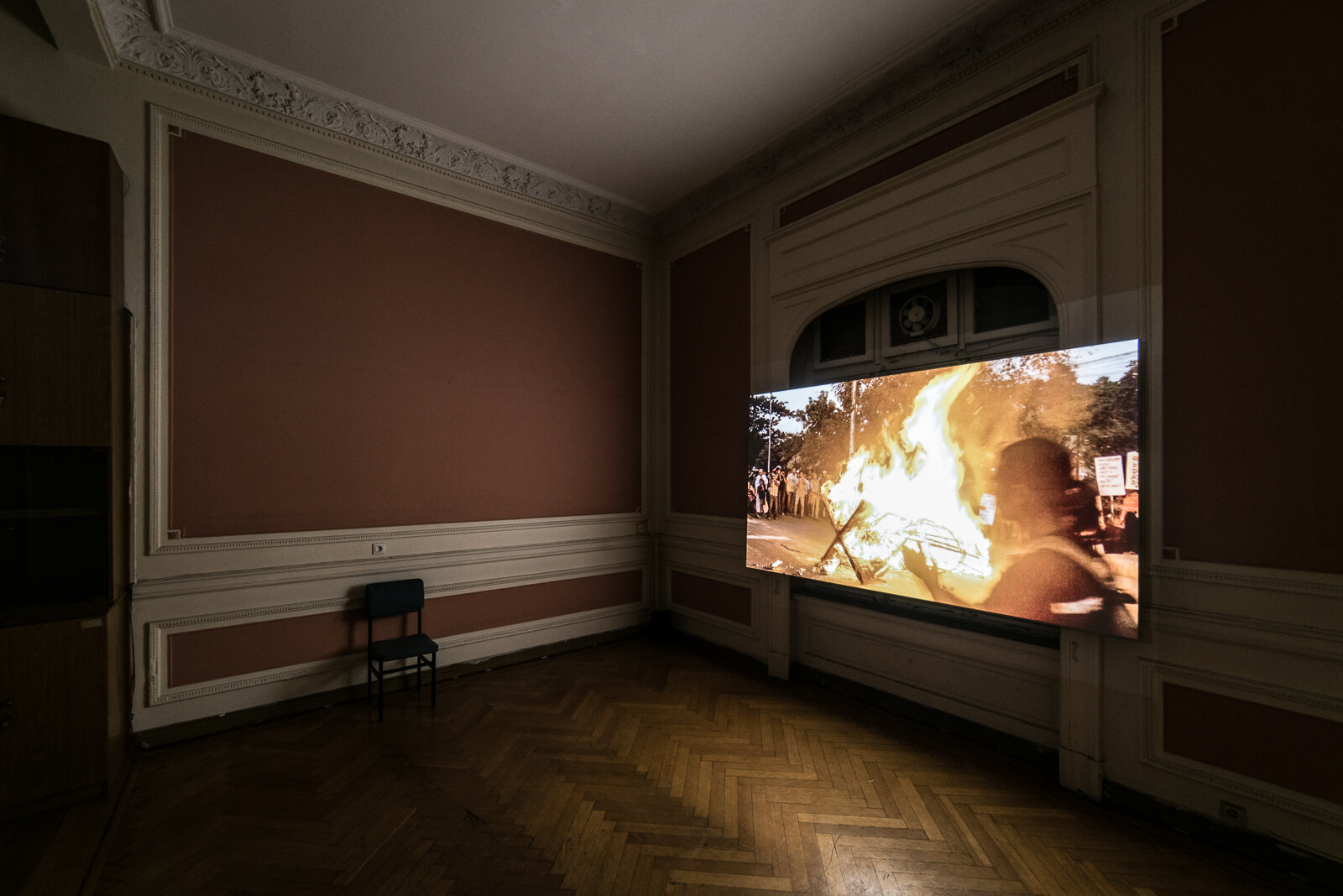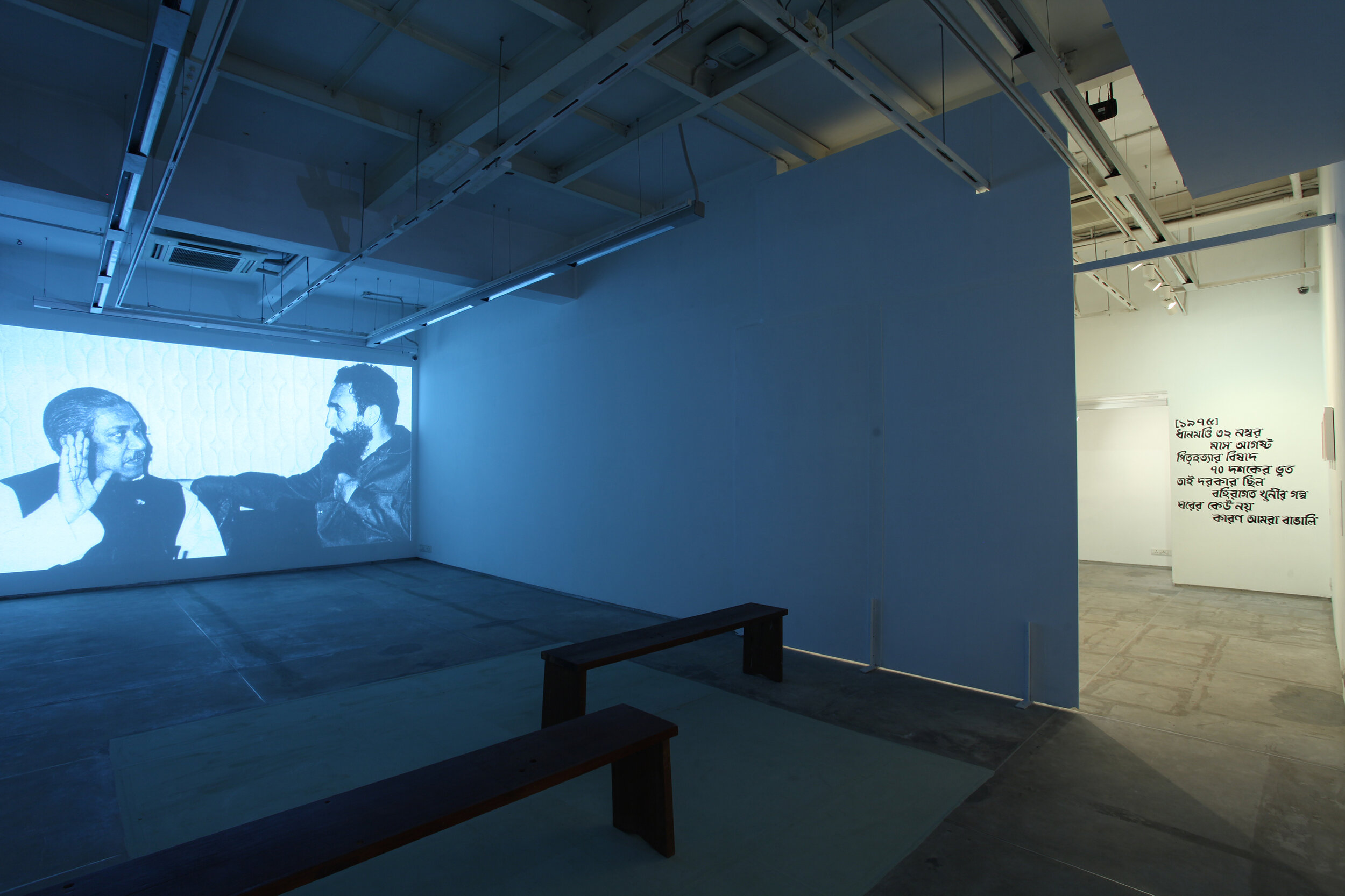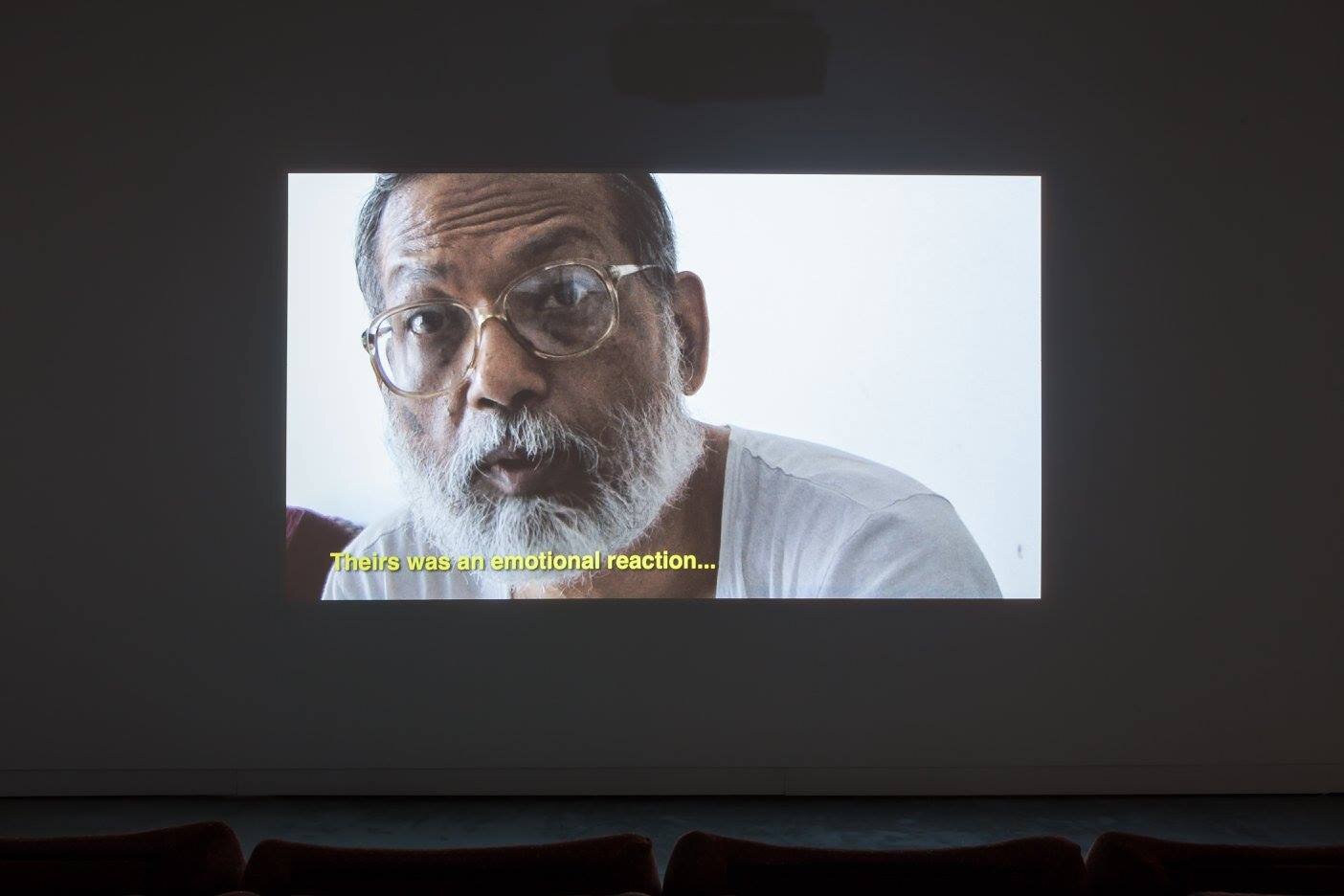AFSAN’S LONG DAY [2014]
January 1974. Or, Autumn 1977. Now, in a Dhaka flat, historian Afsan Chowdhury writes diary entries in the form of magazine editorials. A voracious reader, he soon wearied of radicals who considered debate a waste of time; they thought the dialectic struggle could be short-circuited through the barrel of a gun. As with other times in this country’s short life, they misjudged the flow of water and history. Chowdhury uses the third person as a distancing device, and through stories of being a long-term diabetic, his time in exile (or immigration) in Toronto, and his navigation of the debris of a nation trapped by the past, he returns to the long day when he almost died. The men in uniform wanted to execute him after they found the Marxist pantheon in his library. “They thought I wrote them after I said so; I probably fit into the visual imagination of a radical. Beards are never trusted on young men. I argued with them about searching our house.” What else do you need to identify an enemy?
The narrator traverses Chowdhury’s disappointments, Sartre’s confrontation with a new Left that denied the nuances in his foreword to Fanon, and Fischer’s moment of reversal from Left pacifist clarity. The state’s overwhelming reaction made the counter-reaction inevitable; Heinrich Böll called it a “war of six against sixty million.”
The second film in the Young Man Was series premiered at Museum of Modern Art, New York (Doc Fortnight), and is inspired by Afsan Chowdhury’s diary—which also provides the series’ eponymous phrase, “the young man was … no longer a terrorist.” The accumulation of multiple memorials to the period was described by Kaelen Wilson-Goldie as a “revolutionary past meaningful in the sudden eruption of a revolutionary present” (Bidoun).
KEY EXHIBITIONS
Londonderry, Northern Ireland
“Solidarity Must be Defended,” CCA Derry, Londonderry, Northern Ireland, 2018
Athens, Greece
“The Thickness of Time,” group show curated by Locus Athens, Akadimias 23, 2017
Berlin, Germany
“Aesthetics of Resistance – Peter Weiss 100,” HAU Hebbel am Ufer/Arsenal, 2016
Copenhagen, Denmark
“Rewriting History”, Fotografisk Center, curated by Benj Gerdes & Lasse Lau, 2015
Oberhausen, Germany
In competition, International Competition, 60th International Short Film Festival Oberhausen, 2014
London, UK
“Material Evidence, A Major/Minor History”, BFI London Film Festival, 2014
San Francisco, USA
“Migrating Identities,” Yerba Buena Center for Arts, 2013
New York, USA
MoMA Doc Fortnight, February, 2014
“New Silent” series (Rhizome.org), New Museum, 2009
Munich, Germany
“Dictionary of War,” Muffathalle, 2006
SELECT PRESS EXCERPTS
Brooklyn Rail, “Rather than proceed from a central thesis, Mohaiemen guides us through a series of expositions: as images and questions accrue, we reach not so much a conclusive summation, but a sense that the same phenomena have erupted in various parts of the world, and continue to erupt, and that the connections between them have yet to be fully explored.” (Ela Bittencourt, “Capturing Upheaval: MoMA’s Documentary Fortnight,” 2014)
LUX, “The multiplicity of perspectives Mohaiemen follows overlap and diverge at different points. In his use of history, things are both linked to and different from what has come before, so that instead of envisioning events as a repetition of the past, we start seeing them as transformations based on its echoes. Afsan’s Long Day (2014) begins with photographs from two protests held on the same day: one a leftist gathering at a University in Dhaka, the other by a group of young Islamists. The narrator observes the similarities between the young men at both protests – clothing, phones, a feeling of anger toward the imperialist West – but, despite the images being cut together, his observations don’t lead to an equivalence. Nor are the images matched graphically (they are neither match cut or linked through two similar gestures being placed together) in a way that might lead to that conclusion. When you start really looking, resolution becomes impossible.” (Sarinah Masukor, 2016)
